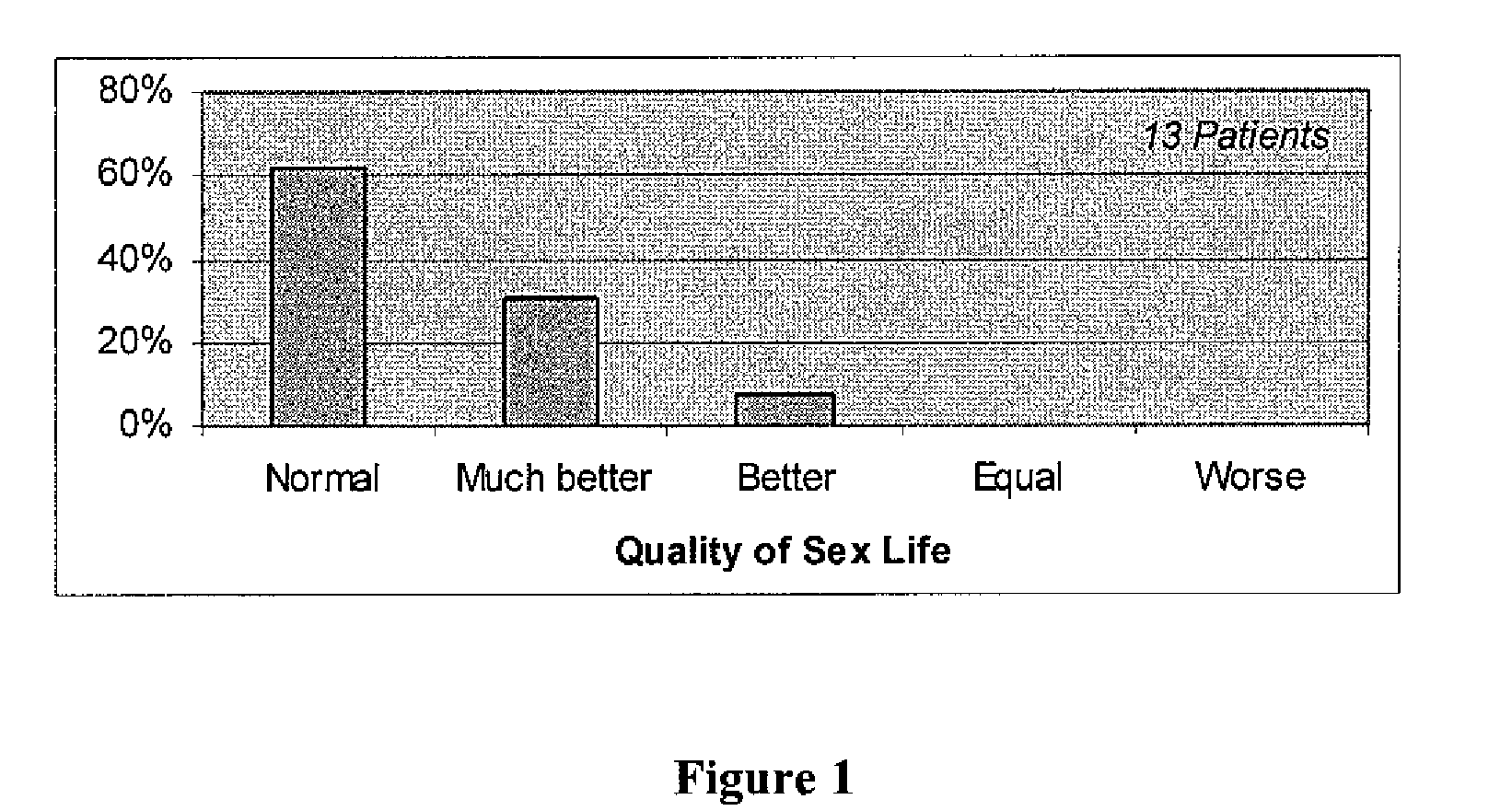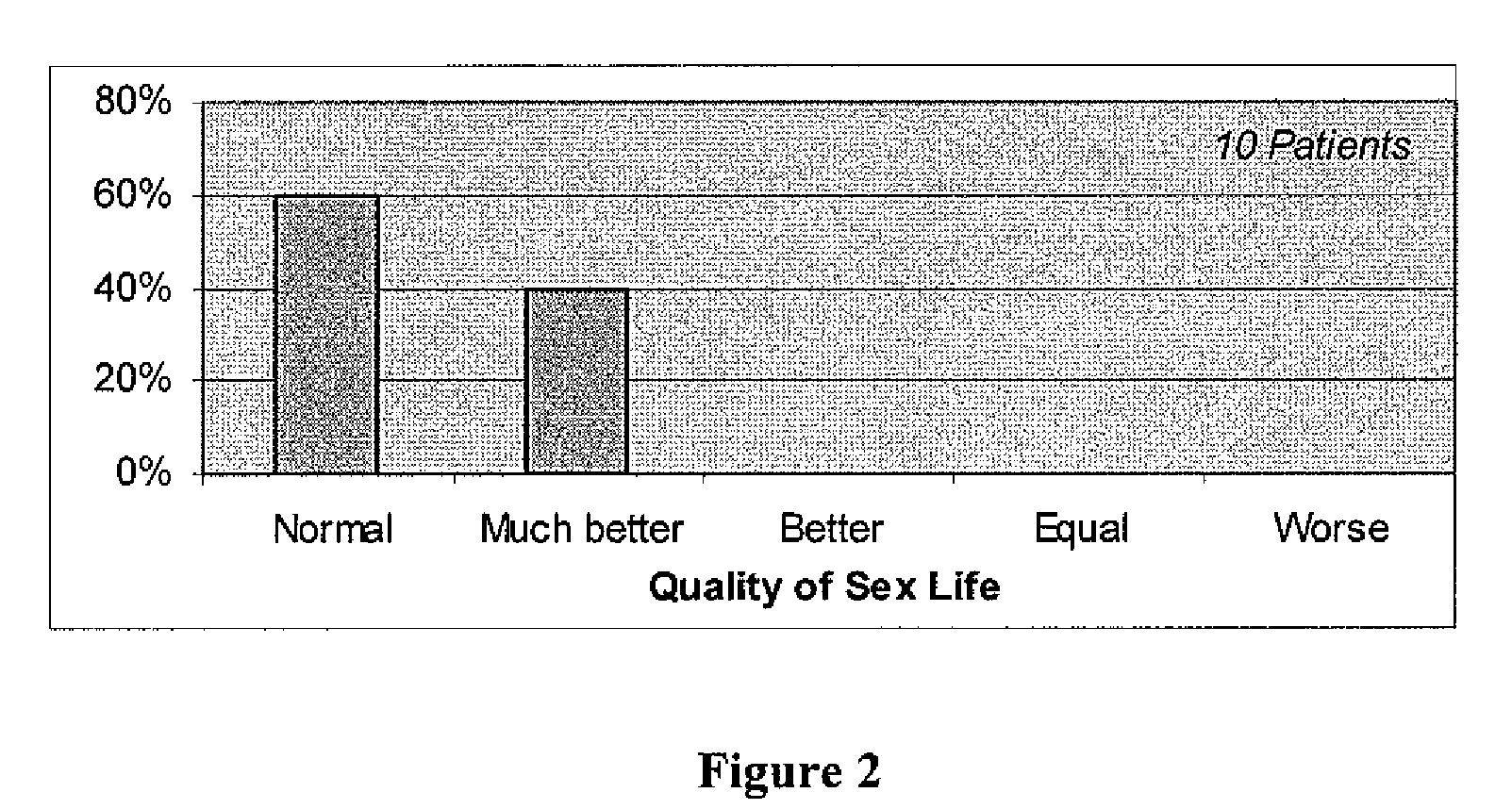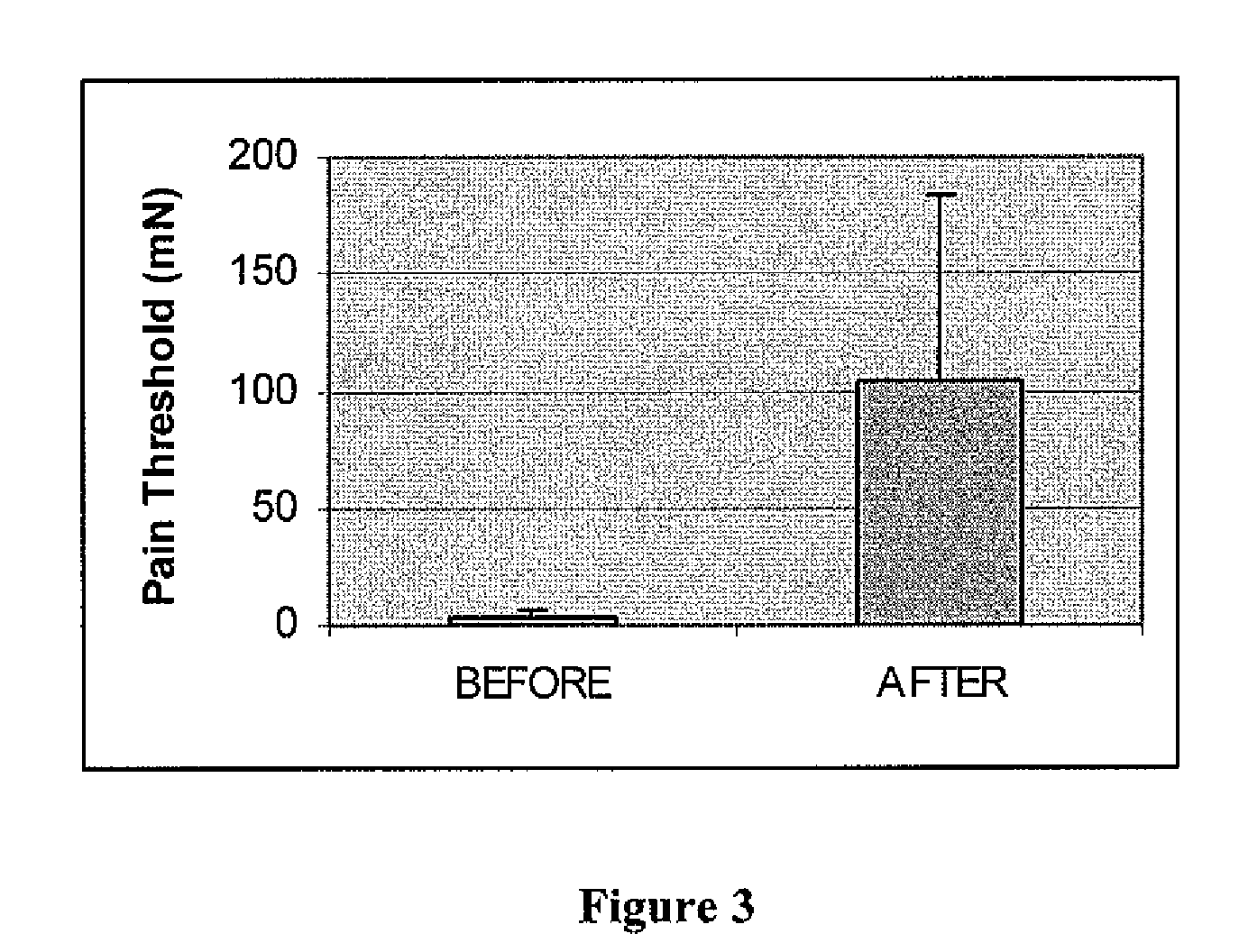Fetal skin cell protein compositions for the treatment of skin conditions, disorders or diseases and methods of making and using the same
a technology of skin conditions and fetal skin, applied in the direction of peptide/protein ingredients, immunological disorders, prosthesis, etc., can solve the problems of increased collagen deposition and scarring, less optimal or less balanced cellular response in non-fetal skin, and fetal wounds producing
- Summary
- Abstract
- Description
- Claims
- Application Information
AI Technical Summary
Benefits of technology
Problems solved by technology
Method used
Image
Examples
example 1
Fetal Skin Tissue Sampling
[0267]A fetal skin tissue sample (skin biopsy) was obtained from fetal skin immediately following pregnancy interruption in accordance with the policies and procedures of the Ethics Committee of the University Hospital Lausanne, Switzerland.
[0268]Donor eligibility and donor (mother) serology was assessed according to current FDA (www.fda.gov / cber / index.html) and ICH (www.ich.org) regulations, guidelines and recommendations. The donor's medical history and serology was compatible with those guidelines and recommendations at the period of tissue donation.
[0269]Donor eligibility included the assessment of clinical evidence for HIV, Hepatitis B, Hepatitis C, human TSE including CJD, Treponema pallidum, and risks associated with xenotransplantation (not receiving corneal and / or dura mater grafts and not receiving human growth hormones obtained from cadavers) by interview. Serology testing included assessment for presence of HIV I, HIV II, Cytomegalovirus, Hepati...
example 2
[0273]A typical procedure for establishing a fetal skin cell bank comprising a Master (MCB) and a Working Cell Bank (WCB) starting with fetal skin tissue and / or a fetal skin biopsy sample is hereby given. Generally, a cell bank is created with fetal skin from one donor. The fetal skin sample to create the cell bank was obtained as described in Example 1 after pregnancy interruption. The fetal skin sample (biopsy) was obtained at 16 weeks gestation and was of approximately 4 cm2.
[0274]From the skin sample, tissue fragments of about 0.5 mm3 and smaller were prepared by scissors and / or the use of scalpels or other cutting devices. The fragments were then seeded into sterile plates (e.g.: 10 cm diameter) at approximately 10 fragments per plate. These fragments were grown in Dulbecco's Modification of Eagle's Medium (DMEM) supplemented with 10% fetal bovine serum (FCS, Hyclone) in a 37° C., 10% CO2 and 95% humidity incubator. Medium exchange occurred every second or t...
example 3
[0282]In order to produce fetal skin cell proteins, fetal skin cells from the fetal skin cell bank are used, seeded in appropriate culture containers, grown (expanded, multiplied) under appropriate culture conditions, harvested after an appropriate number of passages and subsequently lysed by mechanical, physical or chemical means. A typical procedure of the cell expansion process starting with one or more vials from the WCB (obtained as described in Example 2) is hereby given. A typical procedure of the fetal skin cell harvest and the subsequent cell lysis is given in Example 4.
[0283]On initiation day, one vial of the WCB (contained about 2 to 3 Mio cells; cells are at passage 3) was rapidly thawed in a 37°±2° C. water-bath until ice has just melted. The contents of the vial was added to about 9 ml of pre-warmed DMEM, 10% FCS and then centrifuged at approximately 200 g (about 936 rpm) for about 10 min in a Beckman GH3.8 swing out rotor (or equivalent). Post...
PUM
 Login to View More
Login to View More Abstract
Description
Claims
Application Information
 Login to View More
Login to View More - R&D
- Intellectual Property
- Life Sciences
- Materials
- Tech Scout
- Unparalleled Data Quality
- Higher Quality Content
- 60% Fewer Hallucinations
Browse by: Latest US Patents, China's latest patents, Technical Efficacy Thesaurus, Application Domain, Technology Topic, Popular Technical Reports.
© 2025 PatSnap. All rights reserved.Legal|Privacy policy|Modern Slavery Act Transparency Statement|Sitemap|About US| Contact US: help@patsnap.com



